Photo credits: David Attie via Getty Images/Random House
The narrator of Invisible Man is a nameless young black man who can survive only through pretense.
He moves through the 20th-century United States where reality is surreal. The people he encounters “see only my surroundings, themselves, or figments of their imagination.” The young black man is effectively invisible despite being fully cognizant of his existence.
He left the racist South for New York City. However, his encounters with the American public continues to disgust him. Ultimately, he retreats to a hole in the ground, which he furnishes and makes his home. There, brilliantly illuminated by stolen electricity, he can finally seek his identity.
Invisible Man was the late author Ralph Ellison’s (pictured) only novel. It is widely acknowledged as one of the great novels in the history of African-American literature. The invisibility of Ellison’s protagonist is about the invisibility of identity—above all, what it means to be a black man.
The novel dives into the various masks of a black man in America. It confronts both the personal experience and the force of social illusions. The novel’s special quality is its deft combination of existential inquiry into an identity as such—what it means to be socially or racially invisible.
Ellison’s book illustrates this complex state of being with a more sociopolitical allegory of the history, which sums up the African-American experience in America. Though the first-person narrator remains nameless, he retrospectively recounts shifts through the surreal reality of his surroundings—people from the racist South to the no less inhospitable world of New York City.
While Invisible Man bears comparison with the existentialist novels of Sartre and Camus, it also maps out the story of one man’s identity against the struggles of collective self-definition.
This takes the narrator-protagonist through the circumscribed social possibilities afforded to African-Americans—from enslaved grandparents through southern education, to societal models associated with Booker T. Washington, as well as the full range of Harlem politics in New York City.
Ellison’s sociological clarity comes from the way he shows his central character working through these African-American possibilities. He skillfully worked these elements into a novel about particular people, events, and situations.
The story covers everything from the nightmare world of the ironically named Liberty Paints to the Marxist–Leninist machinations of the so-called “human brotherhood.” This concept was used by the former Soviet Union’s socialist and communist practitioners to identify the forces united against oppressors; namely the imperialist rulers of old Russia’s Czar Dynasty.
In the process, Ellison’s novel offers sympathetic but severe critiques of the ideological resources of black culture, such as religion and music.
Ellison’s tone mixes various idioms and registers to produce an impassioned inquiry into the politics of being. The end result exhibits fierceness, defiance, and a sobering dose of truthful comic relief. Invisible Man was released on April 14, 1952, by Random House Publishing.
According to BlackFacts.com, Ellison’s novel won the U.S. National Book Award for Fiction on January 27, 1953.
References: Milne, D. (2017, March 16) Invisible Man: novel by Ralph Ellison. Retrieved from https://www.britannica.com/topic/Invisible-Man
*BlackThen.com writer/historian Victor Trammell edited and contributed to this report.

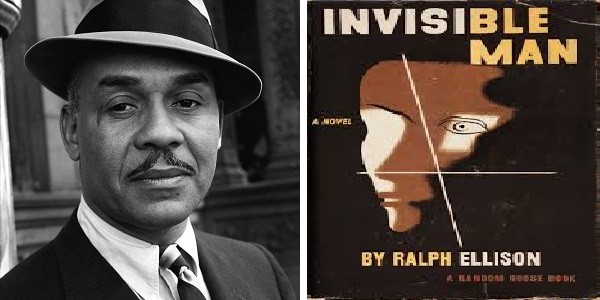





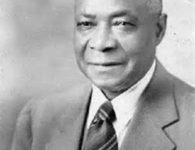

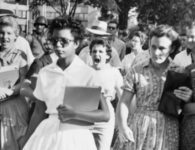

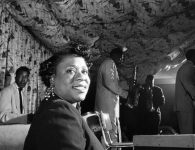

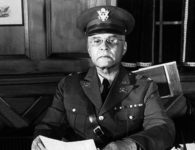



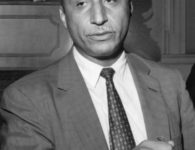

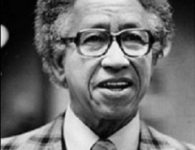

No comments